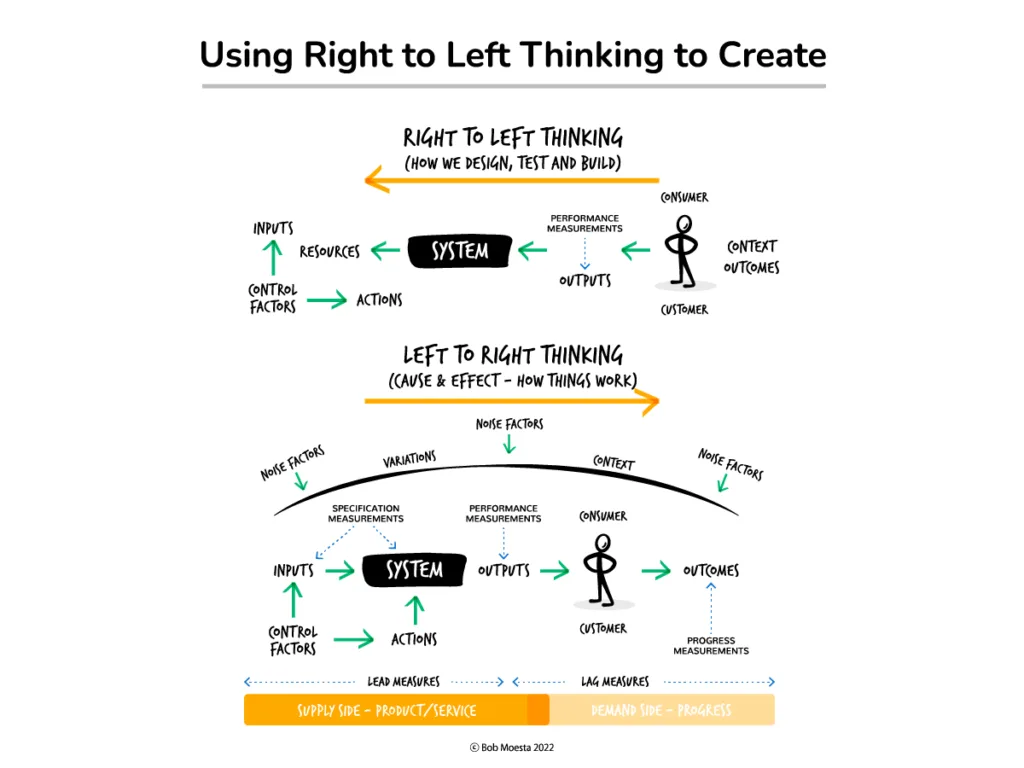Why are there so few ‘sales’ professors?
Back in 2010, I started to spend time with Clay Christensen.
In one session, I asked him: “Why don’t they teach sales at college?”
After some conversation, we deduced that sales was seen more as product and psychology. It was viewed more of a trade than it was the skills of a manager.
And business school, in particular, would set you up with a toolbox of things – how to look at strategy, how to do my balance sheet, how to sort my cap table.
But it didn’t tell you about the context that ultimately helps unlock why customers actually buy.
How people buy rarely reflects the sales process
“The customer rarely buys what the business thinks it sells them”.
Peter Druker
Peter Druker famously said: “What people in business think they know about the customer and the market is likely to be more wrong than right – the customer rarely buys what the business thinks it sells them”.
And he was right.
People in business think they know about the market… but there’s a disconnect. And this disconnect comes from our need to make sales a ‘process’ and not about demand.
How do we actually understand the space that people create for new products?
You’ll know that Jobs to be Done is based on the premise that people don’t buy products; they hire them to do a job in their life and make progress.
Take this example below of someone looking to cross a river.
There are 100 different ways to get across the river. I can come up with many different ways, as opposed to one way.

The problem is: most customers don’t know what they want.
It’s our job to help them to make sense of things, understand what they are struggling with, and select the right option for them based on the context in which they are making the right decision.
Early in my career, I – like many others – grew up on the supply side. I was fed the lie: build it and they will come. But the thing is, every time I built a product, I had to find customers. I spent most of my time finding customers.
Then I realized: if you understand the demand-side, it makes it way easier to build a product.
Try looking at the demand-side like a system
Many people run sales like it’s a numbers game. If we hit enough numbers, get enough leads, we’re likely to generate revenue and hit profit. We’re driven by this notion of building THE equation for sales. Making it a repeatable process.
But this is the wrong way to approach it. To me nothing is random; it’s caused, we just can’t see the causation.
If you start with what progress someone wants to make and how they want to make it – only then can you understand how to position your strategy and offering.
We need to switch from the idea that sales is a numbers game to it being causal.
One way you can do this is to look at it through the lens of supply and demand.
If you’re supply side, it’s likely you’re talking about our product, our features, our benefits
But what if we reframed it to the progress that people want to make (struggling moments and trade-offs)?
The big shift is going from WHAT to WHERE, WHEN, WHY, HOW, HOW MUCH
And, if I determine WHO, WHERE, WHEN, WHY – this will determine HOW and HOW MUCH.
Changing the equation just a little bit – helps me to understand how I can help them.
Applying Jobs to be Done to your sales process
When you look at the sales funnel it’s a supply tool – it’s how we want to sell.
What if you turned your customers’ buying process into a funnel? What would that look like?
It’s something we did with the team at Autobooks when they realized their demo process ‘wasn’t working’.
Turn the funnel into a buying process

Look at the above image.
Right to left thinking is all about starting with the customer and designing sales processes around their progress.
It’s about understanding the questions our customers are asking themselves at each stage.
In the case of Autobooks, at a high level, we learned a ton. Here are three things we helped the team to uncover about their consumers:
1. Show people they have a problem
- Ask a question and don’t answer it
- Tell them a story they can resonate with
- Give them a new metric
- State the obvious in a way they haven’t been able to articulate before
2. Consider how their language changes as they move from passive to active searching
How does a customer’s language change as they learn more about what they want and don’t want?
If we look at the passive stage, for example, we realized the language becomes “solution language”. If someone is using this on a call with you, it’ll give you an idea of where they are in the timeline.
3. You can’t push people into a decision
Most of the time people can’t progress because there’s too much option available. So, what do we do? We move them into a decision by lowering our prices. Which opens up another conversation for another time.
You can’t push people. Think about the funnel itself – you can get to the bottom of the funnel and something may change in your context. This means everything changes.
The takeaway from the Autobooks case study when applying JTBD to the sales process? Modify your sales funnel to understand where people actually are in their buying timeline.